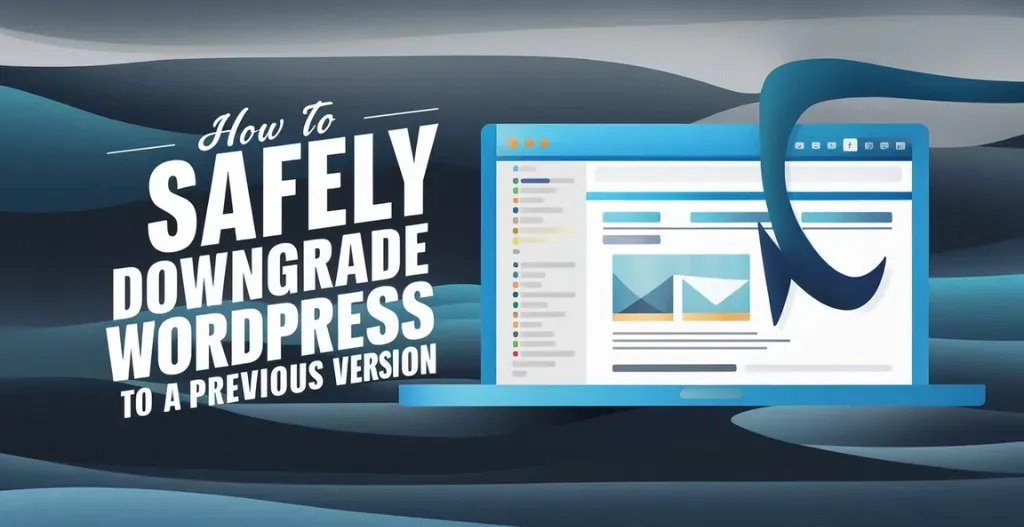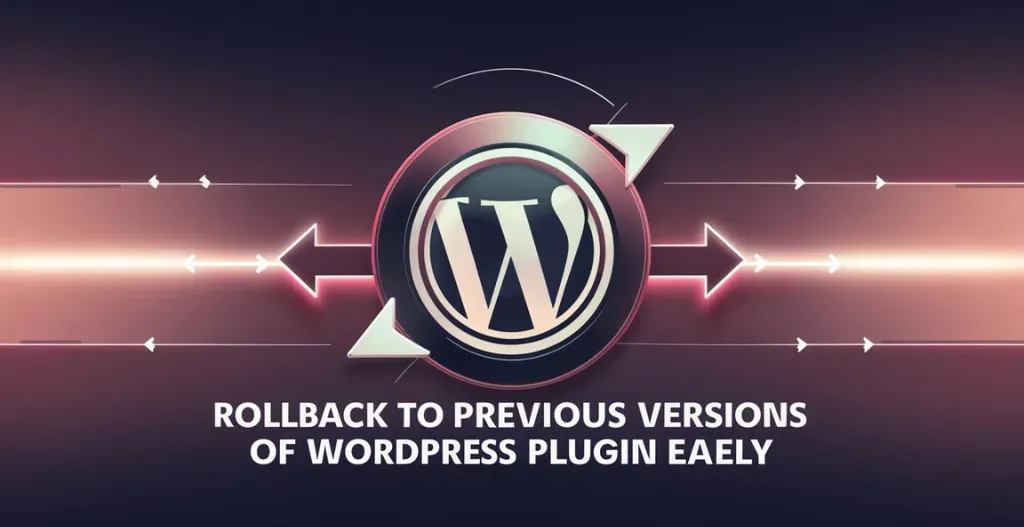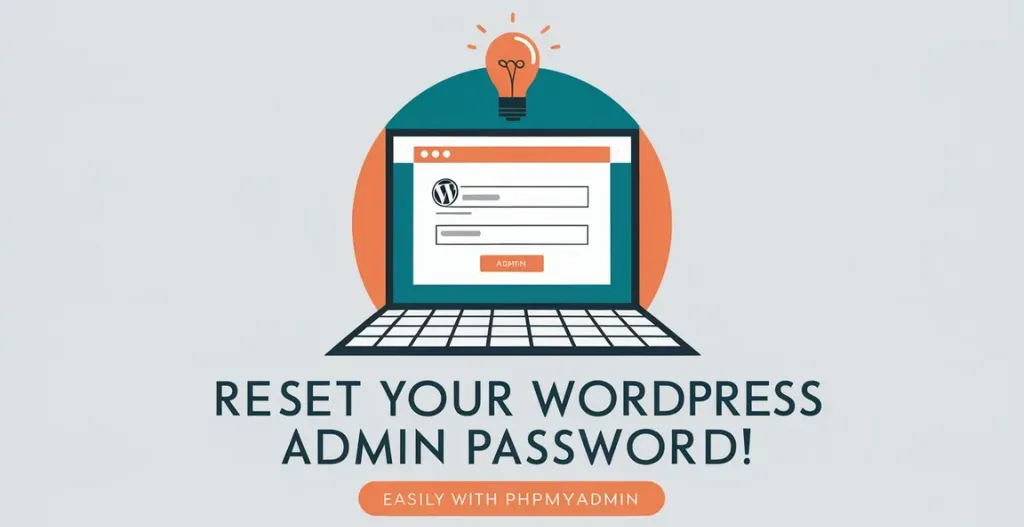WordPress being the most used and popular tool for many of the websites, with frequently new updates and features being released by officials. However, many of the times these updates can cause compatibility issues with certain themes or plugins due to which it leads to the need of reverting and downgrade wordpress to a previous and stable version of WordPress. While, many experts generally recommended to keep your WordPress version up to date for many security reasons, but sometimes there are many different situations where users have to roll back to a previous version becomes necessary.
Downgrading the WordPress version may seem to be a difficult task, but with the right steps and precautions provided by Owrbit, it can be done safely and effectively. In this blog post by Owrbit, we will walk you through the process of safely downgrading WordPress to a previous version, ensuring that your website remains secure and functional throughout the process.
We will cover all the necessary steps that are required to take before downgrading WordPress, such as backing up your website and deactivating any plugins that may cause any conflicts. By following our detailed instructions, you can safely revert to a previous version of WordPress without any hassle.

Introduction To WordPress :
WordPress is a widely-used content management system (CMS) that allows users to create and manage websites with ease. Originally launched in 2003, it has grown from a simple blogging platform into a versatile tool that powers over 40% of websites on the internet. One of WordPress’s biggest appeals is its user-friendly interface, which enables both beginners and experienced developers to build professional-looking sites without needing extensive coding knowledge.
Another significant advantage of WordPress is its open-source nature. Being open-source means that the platform is constantly being updated and improved by a community of developers from around the world. This collective effort ensures that WordPress stays secure, up-to-date, and continuously evolving to meet the needs of its users.
Whether you are looking to start a blog, create an online store, or develop a corporate website, WordPress offers a flexible and robust solution. Its widespread adoption, coupled with a vast array of resources and support forums, makes it an excellent choice for anyone looking to establish a strong online presence.

Reasons Why You Need To Downgrade WordPress :
- Plugin or Theme Compatibility Issues:
- Some plugins or themes might not be completely compatible with the latest version of WordPress.
- Bugs in the Latest Version:
- Occasionally, new WordPress releases might have some bugs or issues that affect the overall performance or stability of your website.
- Performance Issues:
- Sometimes, updated new versions of WordPress may require more server resources which leads to slower website performance on older or less powerful hosting setups.
- Security Concerns:
- Although newer versions usually include security patches, there can be instances where a recent update exposes new vulnerabilities or incompatibilities with existing security measures.
- Stability and Testing:
- If you run a critical website, you might prefer to wait until a new WordPress version is thoroughly tested by the community before upgrading. Downgrading allows you to maintain a stable environment while observing how the new version performs.
- Feature Preference:
- Occasionally, new features or changes in WordPress might not align with your preferences or workflow. Downgrading can revert these changes and maintain your preferred setup.
- Client Requirements:
- If you are managing websites for clients, they might have specific requirements or preferences for a particular WordPress version. Downgrading can help meet these requirements.
Methods To Downgrade Your WordPress Version :
There are many methods that can allow you to downgrade your wordpress version safely. Here are the two most preferred and safe ways.
Downgrade WordPress Version Using A Plugin :
- Find a plugin names “WP Downgrade“, Install & activate it.

- Go to Settings > WP Downgrade and Enter the exact version number you want to roll back to in the WordPress Target Version.
- Click on the Save Changes.
- If the version you entered is correct, The version will be rolled back and the plugin will show you like this.

- Now, navigate back to Dashboard > Updates. WordPress should now list the 5.6.9 version as the target version for the core update. Select the Update now button to begin the downgrade process.

- Click on Update Now, If the process gets successful, you will see the welcome message from your chosen version of WordPress.
How To Downgrade WordPress Version Manually :
Unable to access WordPress dashboard and can’t follow the above method? No issue here is the method through which you don’t have to access your WordPress dashboard.
- Step 1: Download the Previous WordPress Version
- Visit the WordPress Release Archive.
- Find and download the ZIP file of the WordPress version you need.
- Step 2: Connect to Your Server
- Use an FTP client to connect to your server.
- Navigate to your root directory, typically named
public_html.
- Step 3: Upload the Previous WordPress Version
- Unzip the downloaded ZIP file of the previous WordPress version.
- Upload all the files to your root directory, except for the
wp-contentdirectory and thewp-config.phpfile. - When prompted, agree to overwrite the existing files.
- Step 4: Verify Your WordPress Dashboard
- Access your WordPress dashboard.
- Confirm that your site is running on the chosen version.
- Step 5: Rename Plugins and Themes Directories
- In your FTP client, navigate to the
wp-contentdirectory. - Rename the
pluginsandthemesdirectories back to their original names if they were changed. - This step is necessary to ensure WordPress recognizes them correctly.
- In your FTP client, navigate to the
- Step 6: Reactivate Plugins and Themes
- Access your WordPress dashboard.
- Manually activate your plugins and themes one by one since they won’t be automatically re-activated.
- Step 7: Disable Automatic WordPress Updates
- Edit the
wp-config.phpfile located in your root directory. - Add the following line to disable automatic updates:
- Edit the
define('WP_AUTO_UPDATE_CORE', false);
- Save the changes to the
wp-config.phpfile
Checkout Get Free WordPress Templates From Envato Elements & ThemeForest
Discover more from Owrbit
Subscribe to get the latest posts sent to your email.










